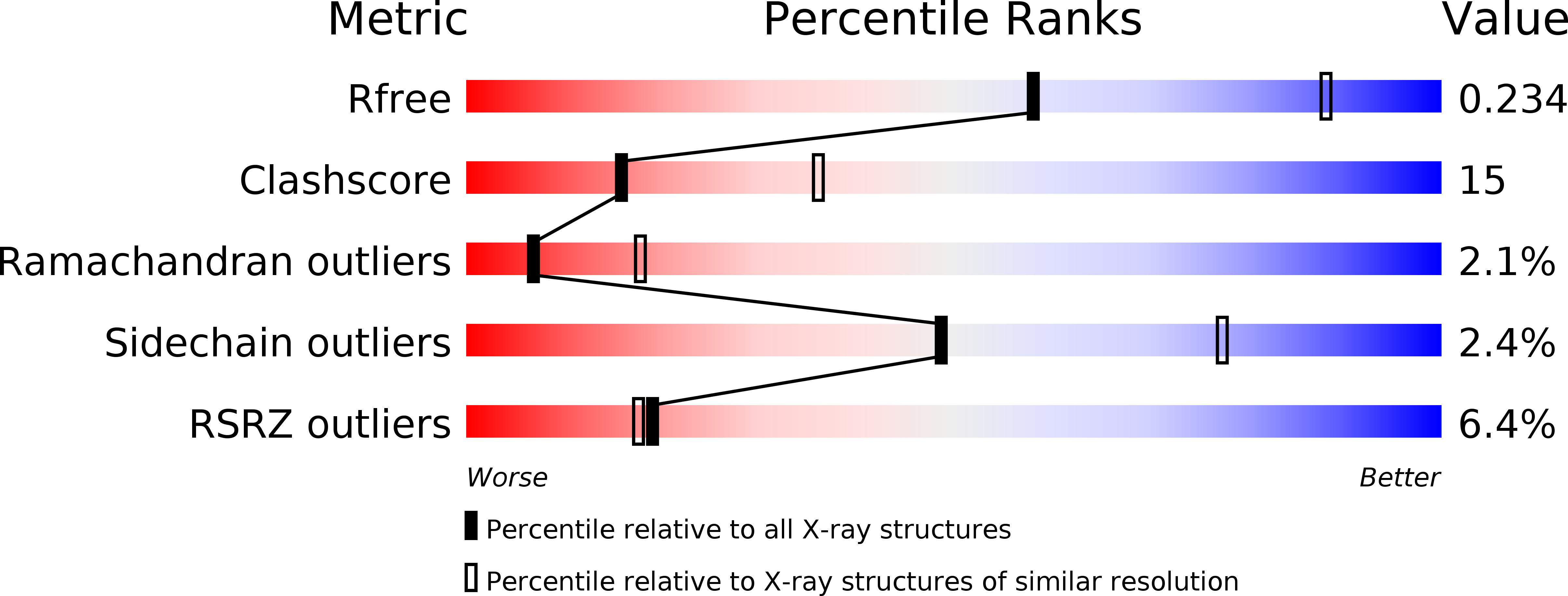
Deposition Date
2009-09-11
Release Date
2010-07-28
Last Version Date
2023-11-01
Entry Detail
PDB ID:
3JSU
Keywords:
Title:
Quadruple mutant(N51I+C59R+S108N+I164L) plasmodium falciparum dihydrofolate reductase-thymidylate synthase(PFDHFR-TS) complexed with QN254, NADPH, and dUMP
Biological Source:
Source Organism:
Plasmodium falciparum (Taxon ID: 5833)
Host Organism:
Method Details:
Experimental Method:
Resolution:
2.70 Å
R-Value Free:
0.23
R-Value Work:
0.20
Space Group:
P 21 21 21


